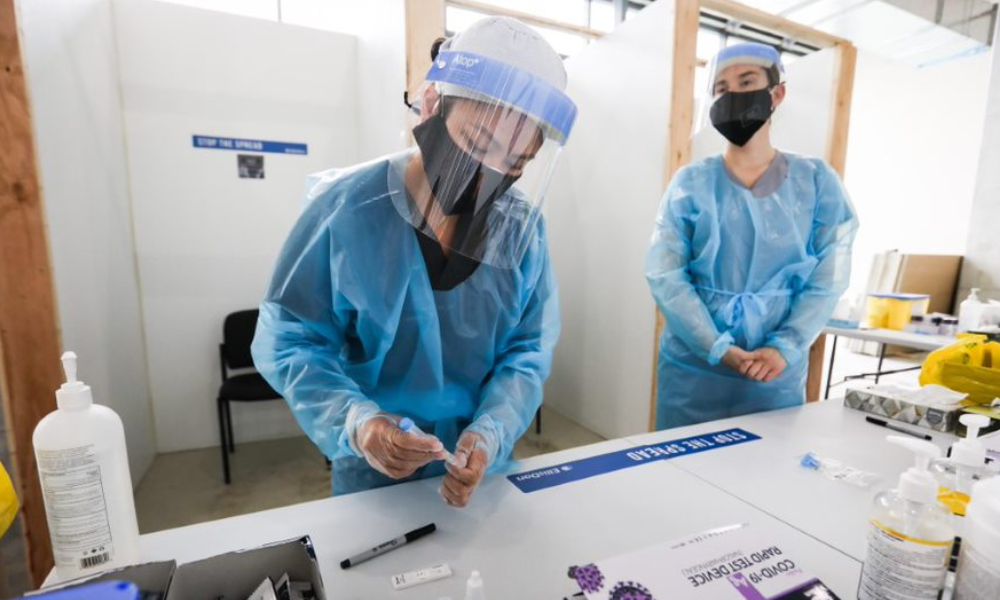EllisDon, Nutrien, Rogers are among growing number of employers rolling out rapid antigen testing

Roughly 31,000 tests — that’s the number of rapid antigen testing carried out by EllisDon in the first few weeks of 2021.
EllisDon, Nutrien, Rogers are among growing number of employers rolling out rapid antigen testing

Roughly 31,000 tests — that’s the number of rapid antigen testing carried out by EllisDon in the first few weeks of 2021.